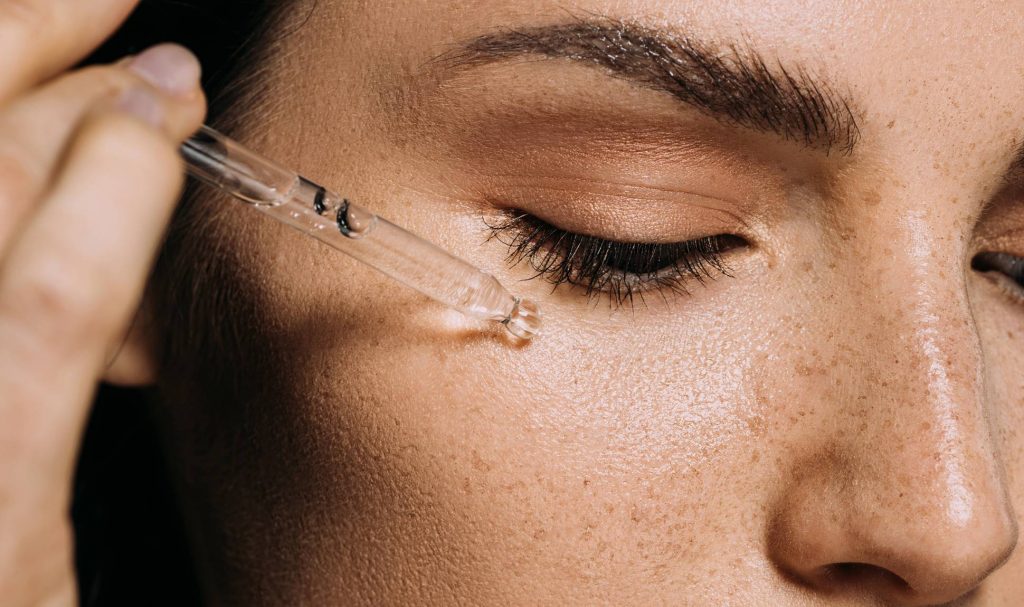This spring, the Food and Drug Administration announced it is reevaluating the safety of every single chemical sunscreen agent. Makes you a little nervous, right? Us, too. And since we’re not going to find out the results of this reevaluation until November, we all have a long, confusing, sun-filled summer ahead. So we did our best to get as many answers as possible to help you — and, fine, us — make the right decision right now.
So why the closer look at sunscreen ingredients in the first place? The FDA told us it’s because a growing body of data suggests that more sunscreen is absorbed through the skin and into the circulatory system than we thought. That raises previously unevaluated safety concerns about sunscreens, including the potential for effects on reproduction. The FDA has found that there’s a lack of data — not negative data, but a lack of it — on how chronic exposure to sunscreen filters will affect our bodies, so the agency has requested additional data from beauty brands to better understand which sunscreens are absorbed and the impact of that absorption.
Until we get that info, the only two sunscreen filters the FDA will categorize as Generally Recognized as Safe and Effective are titanium dioxide and zinc oxide, which are also the only two “mineral” filters we have. “Research has found that they don’t significantly penetrate skin,” says cosmetic chemist Perry Romanowski.
The FDA has already proposed that two ingredients be classified as unsafe for use in sunscreens: PABA and trolamine salicylate. But don’t worry. Those ingredients haven’t been used in sunscreens for at least 20 years, says Steven Wang, a dermatologist in Basking Ridge, New Jersey.
This leaves 12 chemical filters (avobenzone, oxybenzone, and others) in a kind of no-man’s-land. They had the green light for many years, and now? Well, they’re not not approved, but the FDA is calling for sunscreen makers to provide clinical safety data on them soon (before the FDA issues its proposal in November), though the FDA will consider requests to defer rule-making. The onus is on sunscreen makers to prove the filters in their products are safe. (The FDA has required clinical safety data for sunscreen actives in the past, but now is asking for new data, including ingredient absorption.)
In response, the Personal Care Products Council (a beauty industry trade association) has released a statement saying, “Our industry has consistently offered viable, state-of-the-art toxicological safety methods…We are proud of the sunscreens our industry provides to protect families from the harmful effects of the sun. We look forward to working with [the] FDA to best address their questions.”
Still, you may wonder whether there’s any proof that chemical ingredients aren’t safe — because, seriously, why is this coming up now? Perhaps it’s due to the kind of procrastination we can all relate to: You know, when the president of the United States asks you to do something, and he gives you a deadline, and you’re like, “Yeah, yeah, yeah” because it’s five years away? Seems like that’s kind of what happened here.
“In November 2014, President Obama signed the Sunscreen Innovation Act, which included a provision stating that the FDA would need an alternative process for reviewing the safety (and effectiveness) of sunscreens. This act came with a deadline: November 2019. All changes to the way the FDA approves sunscreen will be made law by that date.
While these ingredients are under review, dermatologists say we should keep wearing our favorite sunscreens as usual. “You can switch to only zinc and titanium,” says Wang, “but for those with darker skin tones, physical sunscreens might leave a whitish cast.” Jeanine Downie, a dermatologist in Montclair, New Jersey, agrees that it’s best to prioritize wearing sunscreen over parsing ingredient lists: “I’d rather have everybody wear something. It’s going to keep them from getting their nose chopped up with a basal cell carcinoma [skin cancer].”
One caveat, however, is that dermatologists recommend children and pregnant women choose physical, not chemical, filters regardless of any changes in the FDA’s sunscreen policy. “Children have a weaker skin barrier and could absorb a whole lot more, so we recommend mineral sunscreens,” says Rachel Nazarian, a dermatologist in New York City. “We don’t believe chemical products are harmful, but we know physical products aren’t, so we err on the side of overwhelming safety assurance.”
Reports that oxybenzone might not be safe for coral reefs may also sway your sunscreen-buying decisions (the ingredient has been banned in Hawaii for that reason). But the jury is still out on the validity of these reports. (And just to be clear, they don’t examine human health — the FDA’s only concern.)
The FDA isn’t just looking at what’s in your sunscreen; it’s also looking at how you apply it. There have been concerns about spray sunscreens since 2011 because it’s tough to tell if you’re getting adequate coverage and whether or not you’re inhaling the stuff. Fair enough.
But now that sunscreen sprays have become a staple in many households, the FDA has proposed to allow them, with one condition: Their particles must be large enough so that you can’t breathe them into the deep lungs. According to a study in the Journal of Aerosol Medicine and Pulmonary Drug Delivery, particles bigger than six micrometers will only be deposited in the upper lungs, so that number is probably a good guide, Romanowski says, adding that most of the sprays that are currently available have particles much larger than that.
The FDA is also taking a closer look at powders (for the same inhalation-risk concerns), and it has proposed that sunscreen-containing towelettes and body washes will have to seek FDA approval as entirely new drugs. (Nazarian explains that these never had to get specific FDA clearance before.)
The good news is that more answers are coming soon. That November 2019 deadline is looming. After that, the FDA will allow sunscreen makers an implementation period (usually about one year) to switch gears and put any changes into effect. Until then, “the American Academy of Dermatology is not changing their stance on any sunscreen ingredients,” says Nazarian, who is a fellow of the AAD. “As always, we tell people, look for a product that’s broad-spectrum, SPF 30 — higher, if possible — and water resistant. We are not saying, ‘Don’t use ingredients under review.’ We just want the sunscreen industry to step forward and show people their products are safe.”




